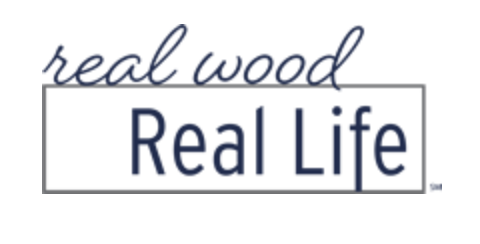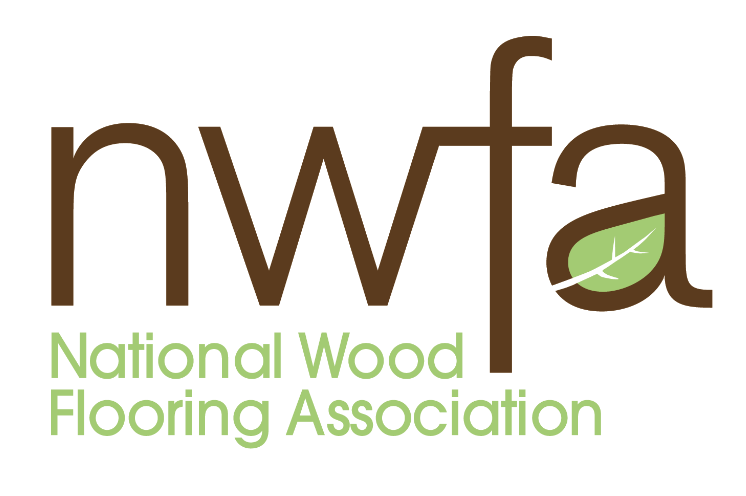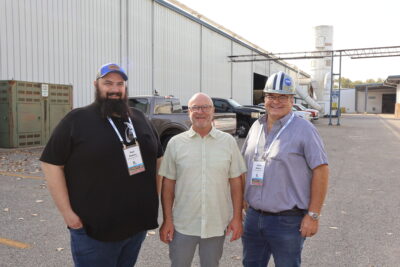Shaping The Future Of Wood Flooring Amid Uncertainty
As we approach 2026, the hardwood flooring industry is looking ahead with both optimism and caution. Members of the National Wood Flooring Association (NWFA) recognize that while opportunities are on the horizon, challenges such as tariffs, labor shortages, and shifting consumer demand cannot be overlooked. In times like these, experience matters. Over its four decades, the NWFA has helped its members navigate cycles of growth and contraction, from housing booms to the depths of the Great Recession, by focusing on the changing needs of the industry. That same resilience is guiding today’s outlook.

To guide these conversations, the NWFA conducts an annual Industry Outlook survey. This article highlights just a portion of what we learned. For the complete report, with detailed analysis and projections, look to the October–November issue of Hardwood Floors magazine or visit hardwoodfloorsmag.com.

More than half of respondents to NWFA’s annual survey said they expect sales to increase in 2026. At the same time, nearly 70 percent indicated that they plan to adjust their business strategies in response to economic uncertainty. The concerns they identified—tariffs and trade policy, consumer demand, interest rates, inflation, and labor—reflect the realities that many businesses are facing today.
For those running companies, these findings are hardly surprising.
What matters most is how businesses respond. Education has emerged as one of the most effective ways to prepare for uncertainty. The NWFA emphasized this throughout 2025, encouraging members to use training and professional development to strengthen their organizations. One example was the Real Answers Small Business Workshop, held during the NWFA Leadership Development Summit on October 16, 2025. The event gave business leaders practical tools for improving financial clarity and identifying new growth opportunities.
For those unable to attend in person, NWFA University continues to provide on-demand resources such as the Competitive Edge series with Doug Howard of Growth Team Strategies and Matt Garcia of Craftsman Hardwood Flooring. These courses offer actionable insights that business owners can put into practice immediately. With more than 370 courses available, NWFA University covers a wide range of topics, from sales to manufacturing. Members who take advantage of these resources are positioning their teams to succeed, no matter what the economy brings.

The focus on education also connects directly to one of the most pressing challenges the survey revealed: labor. Twenty-three percent of respondents said finding new employees has been harder this year than last. Companies that create a culture of education not only prepare their teams to adapt but also improve their ability to attract and retain talent. When employees see opportunities to grow and contribute, they bring new ideas and energy to the business.
The Industry Outlook survey also highlights how members are actively adapting their strategies. Just over half of NWFA members cited tariffs and trade policies as their top concern heading into 2026, followed by consumer demand, interest rates, and inflation. Political uncertainty, labor availability, and competition from non-wood floor coverings also ranked high. Nearly 68 percent of respondents said they have already adjusted their strategies. Some have chosen to stock up on critical products to ensure supply, while others are taking a more cautious approach by limiting inventory to avoid overstocking or expiration of finishes.
At the same time, businesses are investing in growth.
More than half of respondents plan to improve internal processes in 2026. Forty-three percent intend to add staff, and 40 percent will expand into new product categories, lines, or services. About a third are focusing on technology, recognizing its role in creating efficiencies and maintaining a competitive edge.

Manufacturers, in particular, are approaching the year with guarded optimism. For 2025, 41 percent reported expecting moderate growth of 3 to 7 percent, while 22 percent projected significant gains of 8 percent or more. Many attributed these results to stronger sales and marketing initiatives and deeper penetration in key markets. Looking ahead to 2026, 55 percent of manufacturers expect moderate sales growth, and 21 percent anticipate significant gains. Even so, many acknowledged that tariffs and their effect on consumer confidence could play a decisive role.
Taken together, the survey findings reflect an industry that is preparing for both the challenges and the opportunities ahead. Businesses are making intentional decisions to strengthen their people, processes, and strategies. By focusing on education, efficiency, and innovation, wood flooring companies are positioning themselves to thrive in 2026 and beyond.

The NWFA remains committed to serving as a resource and partner in this journey. Through training, certification, advocacy, and community, the association will continue helping members adapt and grow in an ever-changing market.
Readers who want to explore the complete survey results and deeper analysis of market trends can find the full 2026 Industry Outlook in the October–November issue of Hardwood Floors magazine or online at hardwoodfloorsmag.com.
For more info visit National Wood Flooring Association at nwfa.org






